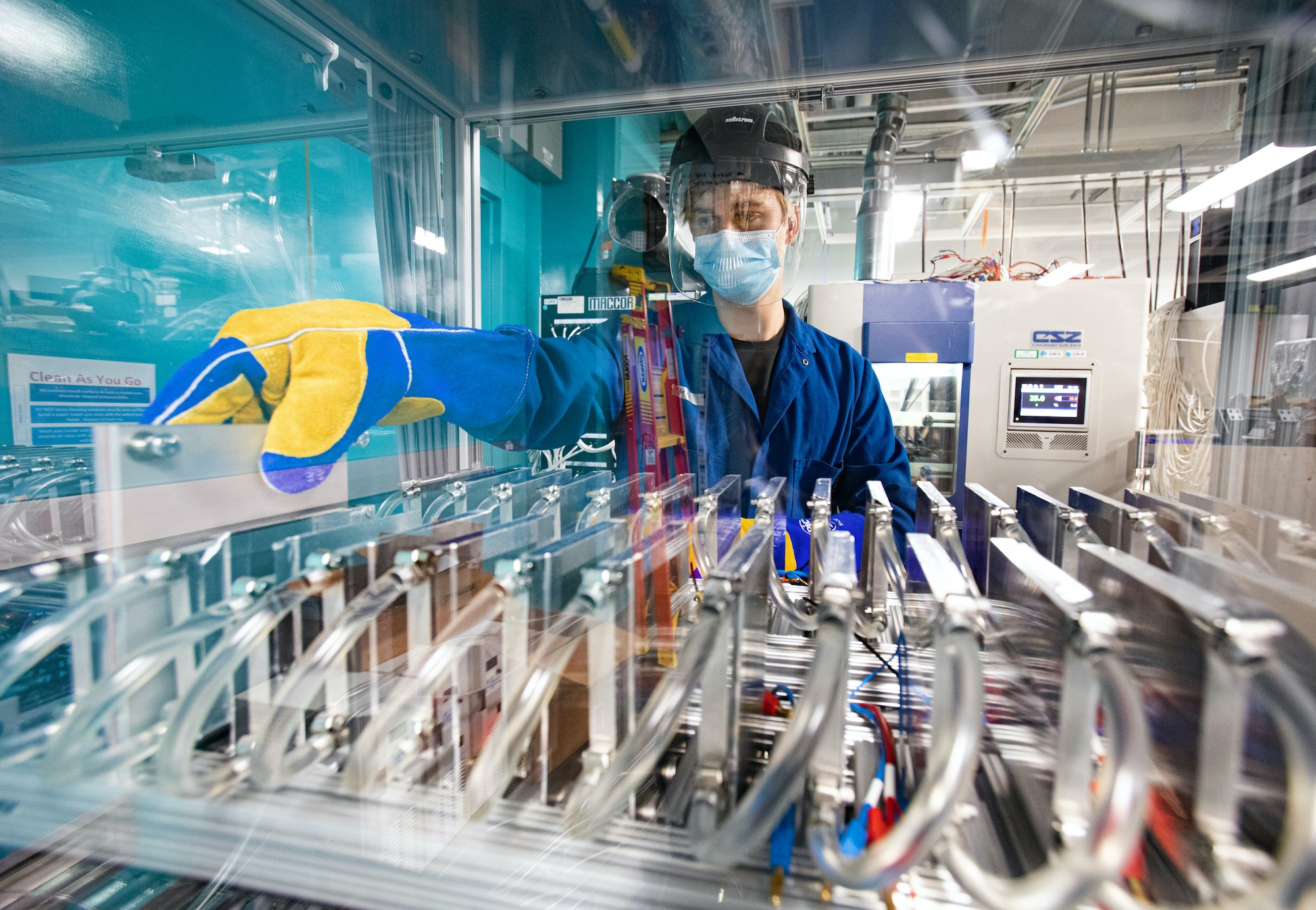Researchers at the Department of Energy’s SLAC National Accelerator Laboratory have demonstrated that they can use machine learning to optimize the performance of particle accelerators by teaching the algorithms the basic physics principles behind accelerator operations – no prior data needed.
Tag: Stanford Synchrotron Radiation Lightsource
Main Attraction: Scientists Create World’s Thinnest Magnet
Scientists at Berkeley Lab and UC Berkeley have created an ultrathin magnet that operates at room temperature. The ultrathin magnet could lead to new applications in computing and electronics – such as spintronic memory devices – and new tools for the study of quantum physics.
Scientists glimpse signs of a puzzling state of matter in a superconductor
High-temperature superconductors conduct electricity with no loss, but no one knows how they do it. SLAC scientists observed the signature of an exotic state of matter called “pair density waves” in a cuprate superconductor and confirmed that it intertwines with another exotic state.

April Snapshots
Science Snapshots from Berkeley Lab: X-rays accelerate battery R&D; infrared microscopy goes off grid; substrates support 2D tech
Decorating Semiconductors at the Atomic Scale
Combining two different semiconductors can create new properties. The way these combinations work depends on how the semiconductors are arranged and contact one another. Researchers have developed a new way to grow semiconductor crystals about 100,000 times smaller than the width of a human hair. This new synthesis method independently controls the arrangements and sizes of the crystals.